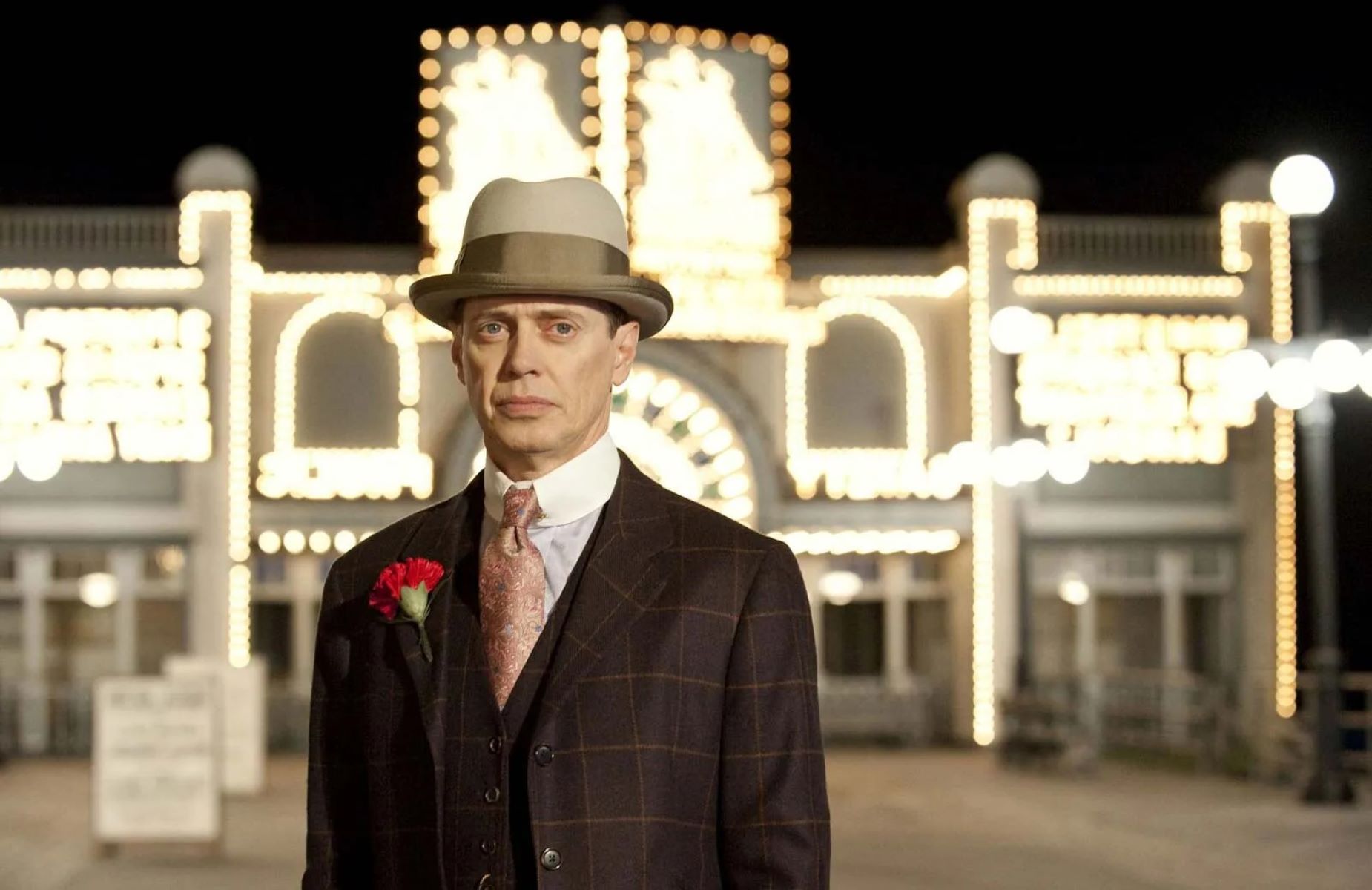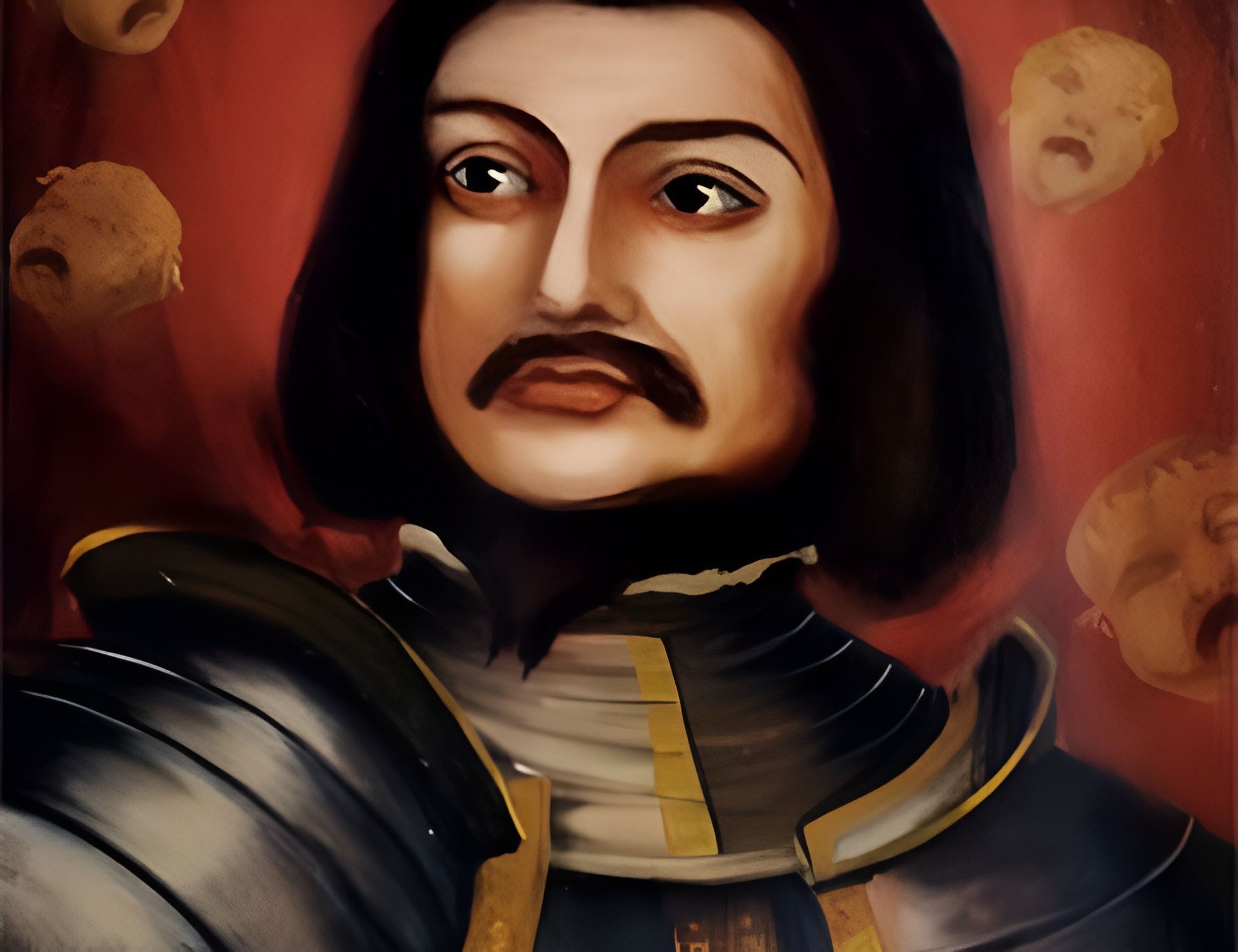
Gangsters have always captured the public's imagination, often seen as both villains and anti-heroes. But who were these infamous figures, and what made them so notorious? From Al Capone to John Dillinger, these criminals left a lasting mark on history. Their lives were filled with drama, danger, and intrigue, making them subjects of countless books, movies, and documentaries. Ever wondered how they rose to power or what led to their downfall? This blog post dives into 35 fascinating facts about some of the most notorious gangsters in history. Get ready to learn about their crimes, their cunning, and the legacies they left behind. Whether you're a history buff or just curious, these facts will give you a deeper understanding of the world of organized crime.
Key Takeaways:
- Infamous gangsters like Al Capone, Bonnie and Clyde, John Dillinger, Lucky Luciano, and Frank Costello were larger-than-life figures who rose to power during the Prohibition era and the Great Depression, leaving a lasting impact on American history.
- Despite their criminal activities, some gangsters were seen as modern-day Robin Hoods, while others, like Lucky Luciano, used diplomacy and cunning to navigate the underworld, leaving behind a legacy that continues to captivate the public through films, books, and songs.
The Notorious Al Capone
Al Capone, also known as "Scarface," is one of the most infamous gangsters in American history. His reign during the Prohibition era made him a household name.
- Al Capone was born in Brooklyn, New York, in 1899 to Italian immigrant parents.
- He earned the nickname "Scarface" after a bar fight left him with three distinct scars on his face.
- Capone's criminal empire was based in Chicago, where he controlled gambling, prostitution, and bootlegging.
- Despite his criminal activities, Capone was seen as a modern-day Robin Hood by some, as he donated to various charities.
- He was eventually convicted of tax evasion in 1931 and sentenced to 11 years in federal prison.
- Capone spent part of his sentence at Alcatraz, the infamous island prison in San Francisco Bay.
- His health deteriorated in prison due to syphilis, and he was released early in 1939.
- Capone died in 1947 at the age of 48 from a stroke and pneumonia.
The Ruthless Bonnie and Clyde
Bonnie Parker and Clyde Barrow were a criminal couple who gained notoriety during the Great Depression. Their crime spree captivated the nation.
- Bonnie and Clyde met in Texas in 1930 and quickly became partners in crime.
- They were known for their bank robberies but also committed smaller crimes like gas station hold-ups.
- The couple often traveled with a gang, which included Clyde's brother, Buck Barrow.
- Bonnie was known for her poetry, and some of her works were published in newspapers.
- They were ambushed and killed by law enforcement officers in Louisiana in 1934.
- Their bullet-riddled car became a macabre tourist attraction.
- The couple's story has been romanticized in films, books, and songs.
The Infamous John Dillinger
John Dillinger was a notorious bank robber during the Great Depression. His daring heists and prison escapes made him a legend.
- Dillinger was born in Indiana in 1903 and began his criminal career in his early twenties.
- He was known for his charisma and ability to charm the public and media.
- Dillinger's gang was responsible for robbing over 20 banks and four police stations.
- He escaped from jail twice, once using a wooden gun he carved himself.
- Dillinger was declared "Public Enemy No. 1" by the FBI.
- He was killed by FBI agents outside the Biograph Theater in Chicago in 1934.
- Dillinger's death mask is displayed at the FBI headquarters in Washington, D.C.
The Fearsome Lucky Luciano
Lucky Luciano is considered the father of modern organized crime in the United States. He restructured the Mafia and created the National Crime Syndicate.
- Luciano was born in Sicily in 1897 and immigrated to the U.S. with his family.
- He earned the nickname "Lucky" after surviving a brutal attack that left him for dead.
- Luciano established the Commission, a governing body for the Mafia, to reduce infighting.
- He was convicted of running a prostitution ring in 1936 and sentenced to 30 years in prison.
- During World War II, Luciano allegedly helped the U.S. Navy secure New York Harbor from sabotage.
- He was deported to Italy in 1946 but continued to influence the American Mafia from abroad.
- Luciano died of a heart attack in Naples in 1962.
The Cunning Frank Costello
Frank Costello, known as the "Prime Minister of the Underworld," was a powerful Mafia boss who preferred diplomacy over violence.
- Costello was born in Italy in 1891 and moved to New York City as a child.
- He became involved in organized crime through bootlegging during Prohibition.
- Costello controlled a vast gambling empire and had significant political connections.
- He survived an assassination attempt in 1957, which led to his retirement from the Mafia.
- Costello was known for his calm demeanor and ability to negotiate.
- He died of a heart attack in 1973 at the age of 82.
Final Glimpse into Infamous Gangsters
Gangsters have always fascinated people with their audacious lifestyles and notorious deeds. Figures like Al Capone, John Dillinger, and Bonnie and Clyde have left an indelible mark on history. Their stories, filled with crime, betrayal, and sometimes unexpected acts of kindness, continue to captivate us. These individuals weren't just criminals; they were complex characters who influenced popular culture, law enforcement, and even politics. Understanding their lives offers a glimpse into a turbulent era of American history. Whether it's the Prohibition era's speakeasies or the daring bank heists of the Great Depression, these gangsters' tales remind us of a time when the line between right and wrong was often blurred. As we reflect on these infamous figures, it's clear their legacies will endure, serving as both cautionary tales and intriguing narratives for generations to come.
Frequently Asked Questions
Was this page helpful?
Our commitment to delivering trustworthy and engaging content is at the heart of what we do. Each fact on our site is contributed by real users like you, bringing a wealth of diverse insights and information. To ensure the highest standards of accuracy and reliability, our dedicated editors meticulously review each submission. This process guarantees that the facts we share are not only fascinating but also credible. Trust in our commitment to quality and authenticity as you explore and learn with us.


